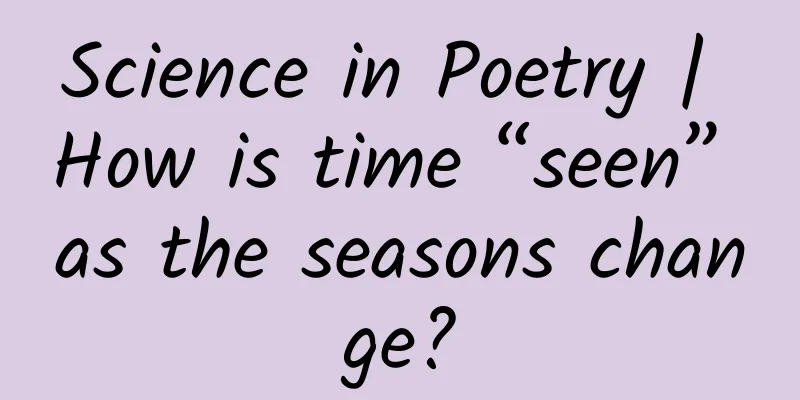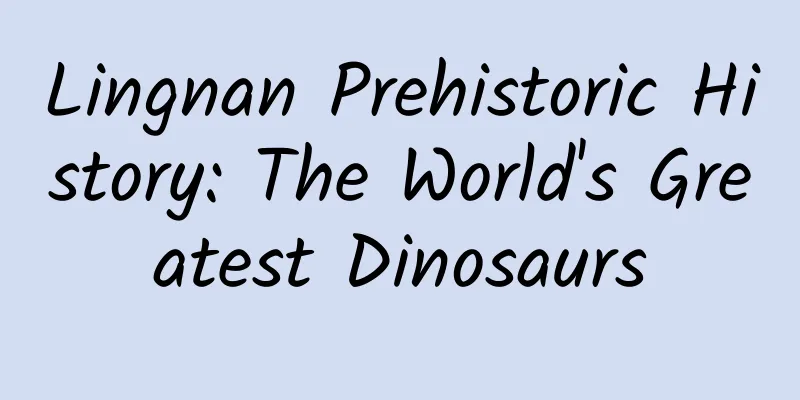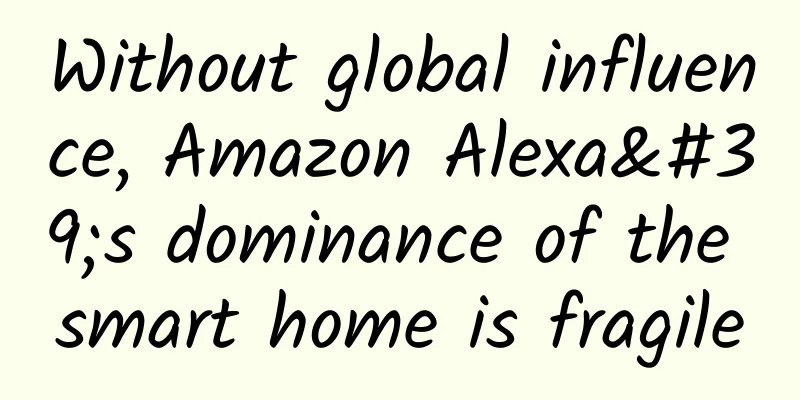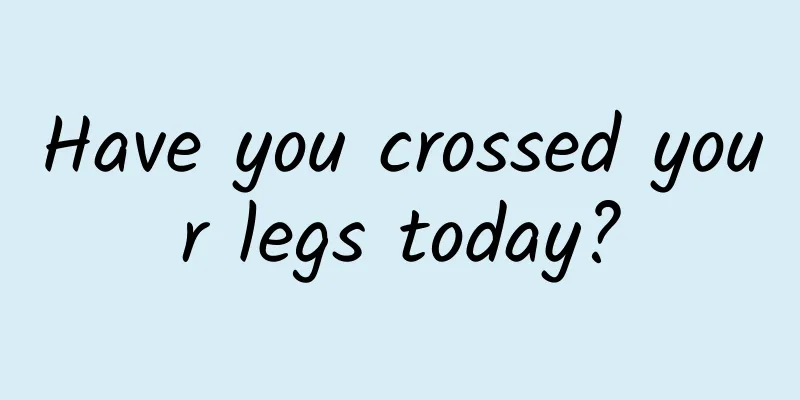Science in Poetry | How is time “seen” as the seasons change?

|
Long Song 〔Han〕Han Yuefu The green sunflowers in the garden are waiting for the morning dew to dry in the sun. The spring breeze brings blessings, and all things are bright and glorious. I am always afraid that autumn will come, when the flowers and leaves will turn yellow and wither. When will all the rivers that flow east to the sea return west? If you don't work hard when you are young, you will regret it when you are old. Photo/Jiuyue This is an ancient poem advising people to cherish time. It compares life to a green sunflower, which sprouts from a seed in spring. In the early morning, the dew on the leaves is like a shining pearl, waiting for the rising red sun to evaporate it. What a beautiful and pleasant day! As a plant, sunflower also has its inevitable fears. When autumn comes, everything withers, leaves turn yellow and decay, and life ends. The same is true for life. Years are like surging rivers, moving forward all the way and never looking back. The birth of each life can be seen as a countdown to death in a sense. This is the meaning of time to life. So, please start working hard today! Seasons Conversely, life is also meaningful to time. If there is no life to feel the passage of time, wouldn't the existence of time be too monotonous and boring? This is the relationship between life and time, which is both objective and subjective. Life has an inherent rhythm Life's initial sense of time comes from the specific periodicity of the natural environment on Earth, such as the alternation of day and night and the cycle of the four seasons. These natural periodicities constantly change the light, temperature, carbon dioxide and oxygen content in the air, etc. Life must adapt to these changes and develop an internal rhythm in order to survive and reproduce. The inner rhythm of life can also be called the biological clock, and we adjust our living habits accordingly, such as humans working at sunrise and resting at sunset, nocturnal animals hiding during the day and coming out at night, and large herbivores migrating regularly. All of this is based on the premise that life has a certain perception of the natural environment, especially the perception of the periodic changes in nature, that is, the perception of time. biological clock Let us imagine boldly that if the earth did not revolve around the sun, nor did it rotate around its own axis, it would be "stiffly" speeding along one direction in the vast universe. At this time, we would not be able to see the sunrise and sunset, the waxing and waning of the moon. The scene we see today will not return to our field of vision tomorrow, but will continue to change with the journey of the earth. What happened yesterday is difficult to reproduce, and past experience is of no help to the future. People do not need to remember the past at all, because the past is meaningless to the present and the future. At this time, does life need to feel the passage of time and then develop an internal biological clock so as to better adapt to the future based on past experience? Obviously, this is an unnecessary luxury. It is the earth revolving around the sun, the moon revolving around the earth, and this periodic rhythm between the stars in the universe that makes life "try" to feel the passage of time. Because being able to feel the passage of time is beneficial to the survival and reproduction of life. Time measurement is becoming more precise How long is the night and day? How long is the interval between the waxing and waning of the moon? How long is the transition between the four seasons? People want to measure the length of time just as they measure length with a ruler. The earliest humans never used a time unit smaller than a day. Because people's lives at that time were simple, they did not need to divide a day into many stages so that they could arrange things for each stage and complete different tasks in one day. People at that time did not need to hold meetings frequently to discuss issues. How much impact would a little earlier or later have on daily life? People had enough patience for the passage of time. It was not until 159 BC that the concept of "hours" in the day became known to the world. In the early Christian era, the ancient Roman daytime had 5 hours, which was later increased to 7 hours. In ancient Egypt, people stood a stick on the ground and indicated different time points according to the direction and length of the stick's shadow. In China, hourglasses and sundials were used to divide a day into several periods according to the speed of sand flowing out of an inverted small container filled with sand, or according to the angle of the shadow of a bamboo pole projected onto the engraved plate. As early as the Western Zhou Dynasty, my country divided a day and night into 12 periods, each of which was called an hour. In this way, officials had relatively clear times for governing and people had gatherings, and the waiting time for each other would not exceed 2 hours. It was not until Galileo discovered the simple pendulum and then invented the pendulum clock that the timing of each day became accurate. After that, mankind rushed all the way on the road of accurate timing, and finally we had clocks in the modern sense. The simple pendulum is very simple, and students can make a simple model at home: find a small ball with some mass, then tie it to an inextensible rope, hang the rope, and gently push the ball with your hand to let it swing, and you will make a simple pendulum. Then, record the interval time for the ball to return to the lowest position in the middle each time. You will find that this time is roughly the same. Why is it roughly? Because the simple pendulum you make will inevitably be affected by air resistance, and the ideal pendulum should have exactly the same interval time each time. How do people measure the seasons? The ancient Egyptians measured long periods of time based on the flooding cycle of the Nile River. If there were any unusual weather or hydrological phenomena, this method of timekeeping could be completely wrong. Later, various early civilizations generally found that the waxing and waning of the moon was more reliable. So they developed their own calendars based on the movement of the sun and the moon, trying to clarify the complex relationship between years, months, and days. At this point, a problem arose. The time it takes for the earth to orbit the sun is 365.25 days, but the ancients did not know this. The cycle of the moon waxing and waning is about 30 days. So, errors inevitably occurred. What to do? A year is 5 days off, and 6 years is a month off, so all kinds of strange correction schemes came out, such as setting leap years and leap months. This is a simple story about how humans measure time. |
<<: Revealed: Why is the thickness of the rocket shell only a few millimeters?
Recommend
6 techniques to help you promote your products step by step
If any product wants to develop sustainably, it m...
Evolution of IoT technology: wireless connection + smart sensors
The Internet of Things is a term for connected em...
Priced from RMB 289,800, the first model of Fangcheng Bao Automobile, Bao 5, is officially launched and will start delivery in November
On November 9, the first model of Fangcheng Bao A...
The Conversations feature in Android 11 may not be available on all devices
Android 11 will bring many features and improveme...
Wuwei Investment Class "Trading Sense Training Camp" 252th issue_2022
Course Catalog 1The effective bottom-fishing meth...
Offline marketing promotion methods for educational training institutions
If educational training institutions want to obta...
From an i-person to an e-person, see Oppenheimer's legendary life
In the film "Oppenheimer", Oppenheimer,...
Even if they are not related, people who look alike share a lot of the same DNA?
Are there two people in the world who look extrem...
How to prevent posting on Tieba from being deleted (Tips on preventing posting in batches from being deleted on Tieba)
Now, posting in batches on Tieba requires a chang...
How to optimize Weibo advertising creativity?
Marketing status: The advertiser is a local O2O d...
The bulge in your buttocks may not be your wallet? Beware of the pain deep inside your buttocks!
1. What is “thick wallet syndrome”? In the past, ...
The next iPad Air's memory will increase from 1GB to 2GB
Beijing time, August 21 morning news, Taiwan webs...
Snow sweeping website ranking SEO training case
The latest SEO training case: The SEO foundation ...
What? High heels were invented for men!
I believe that every girl had a wish when she was...
Do you think Fuling only has pickled mustard tubers? Learn more about this bright new star in the energy industry~
Image from Sinopec Author: Huang Xianghong Duan Y...









